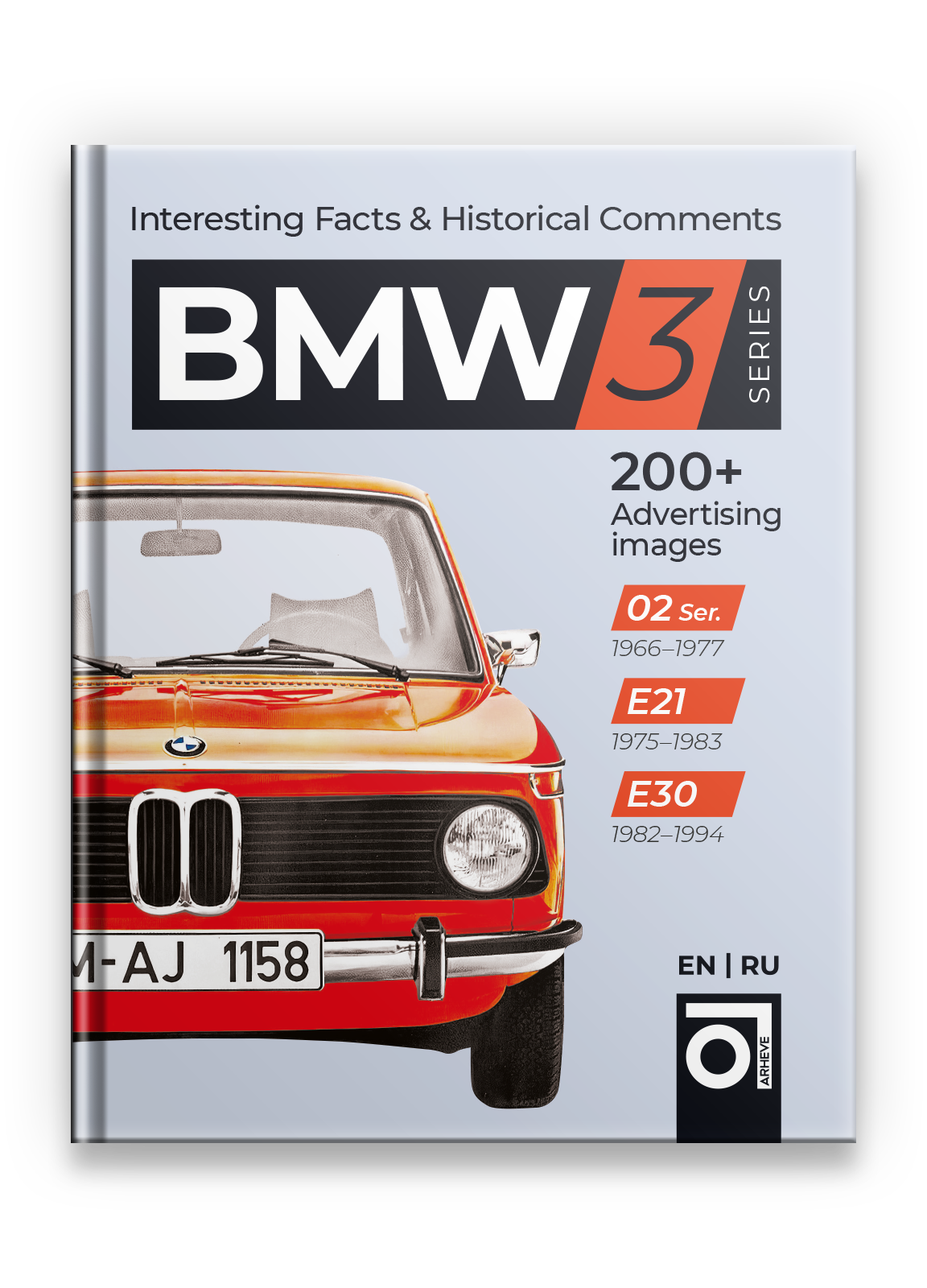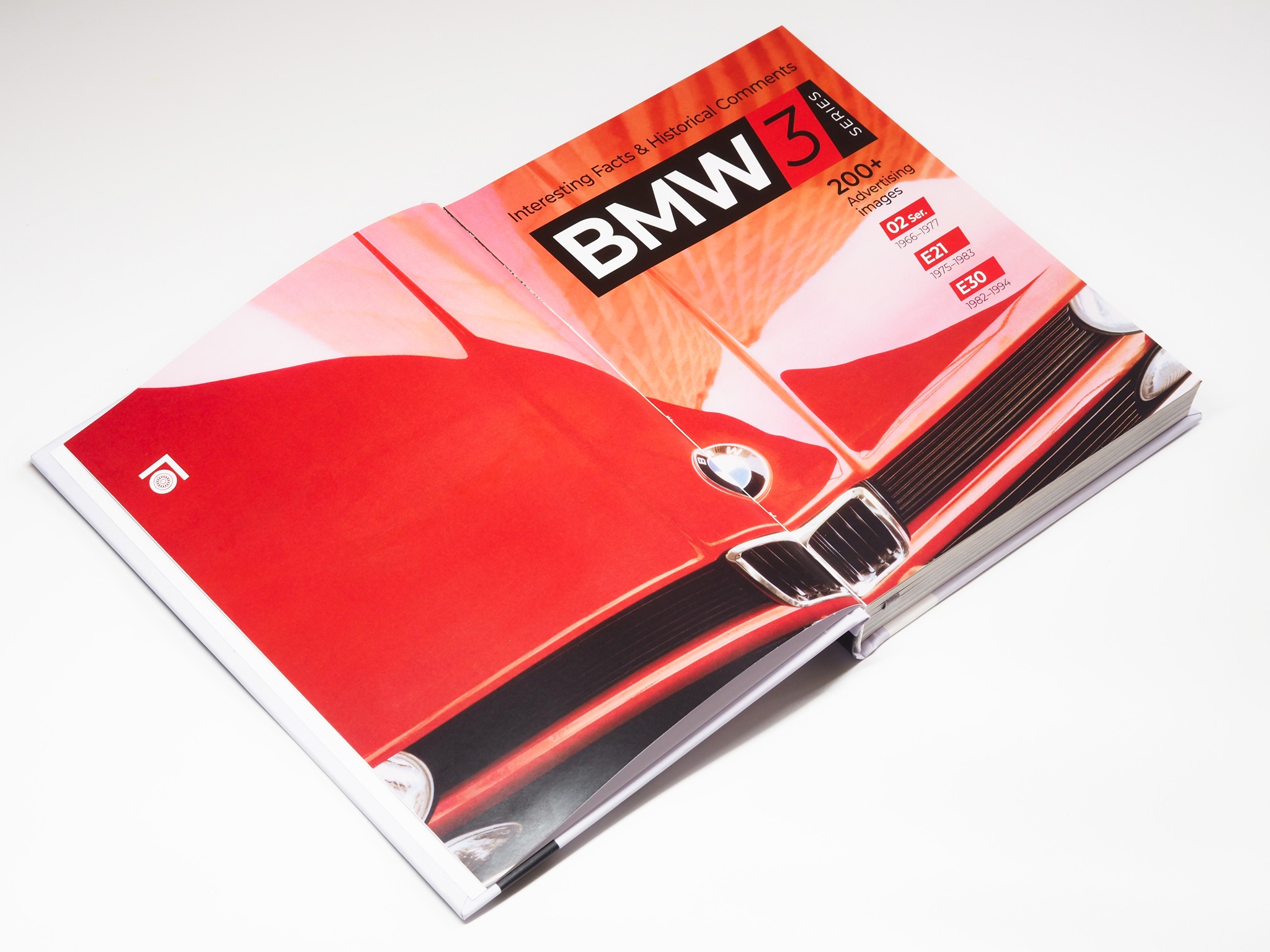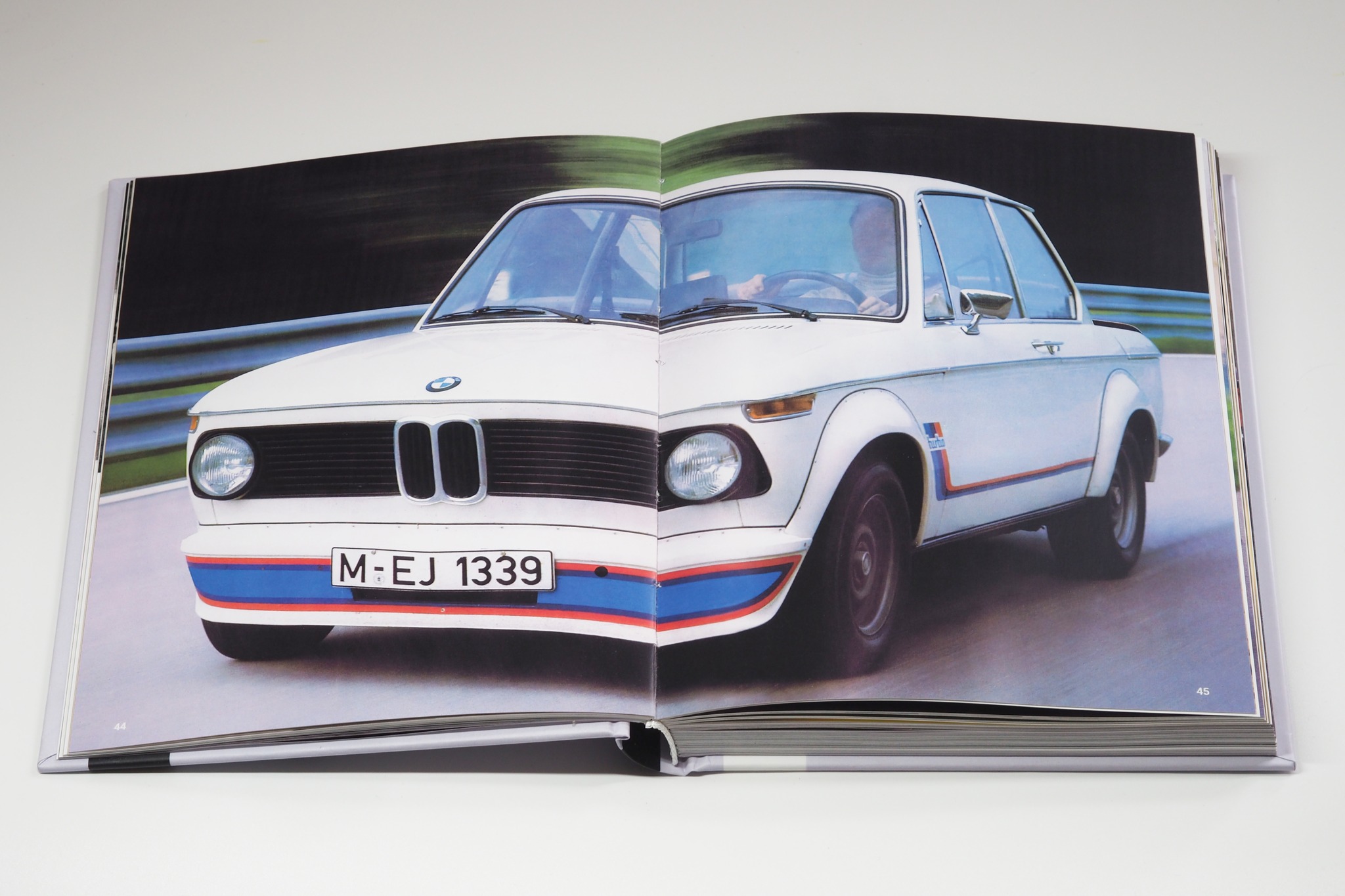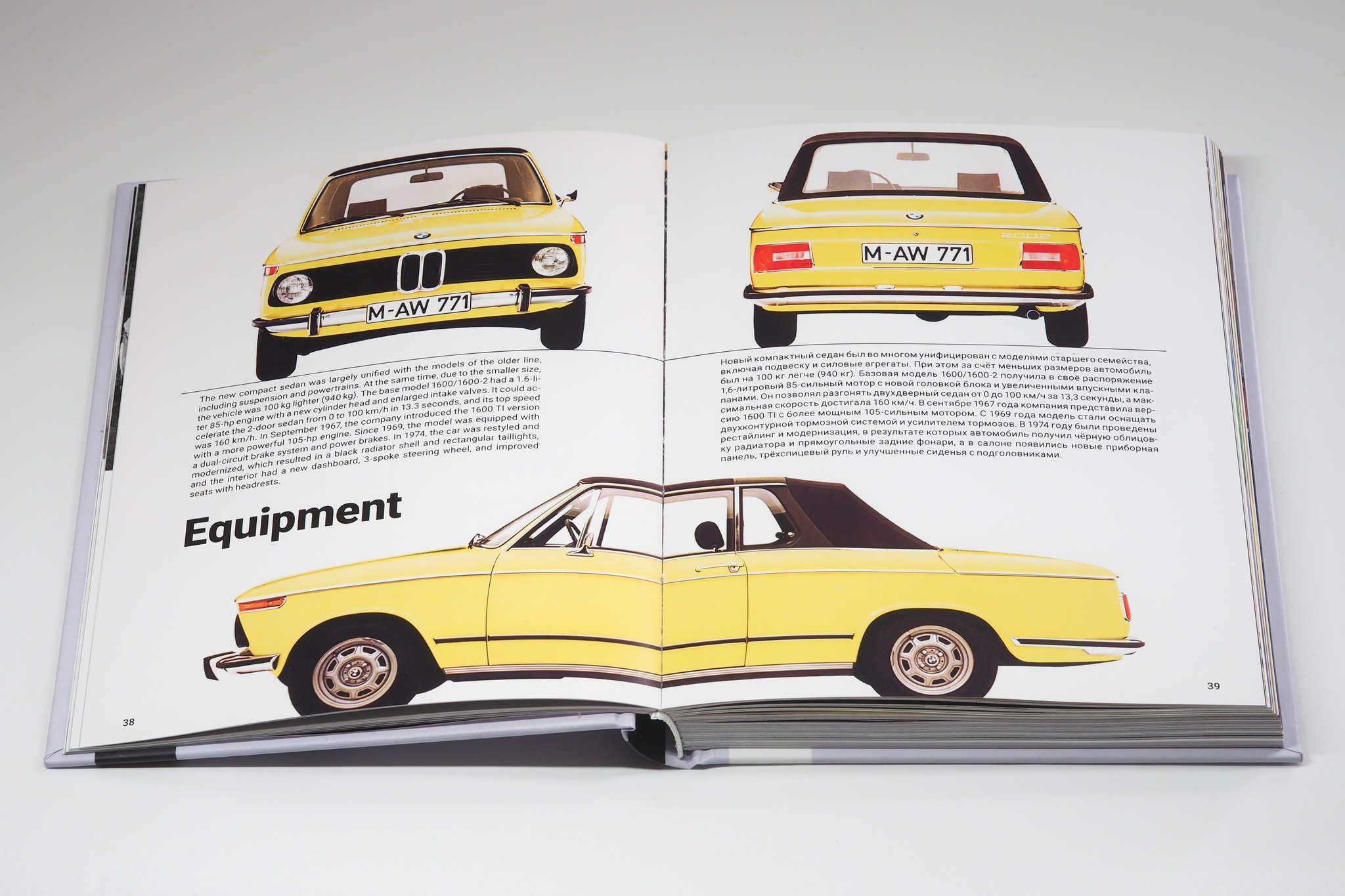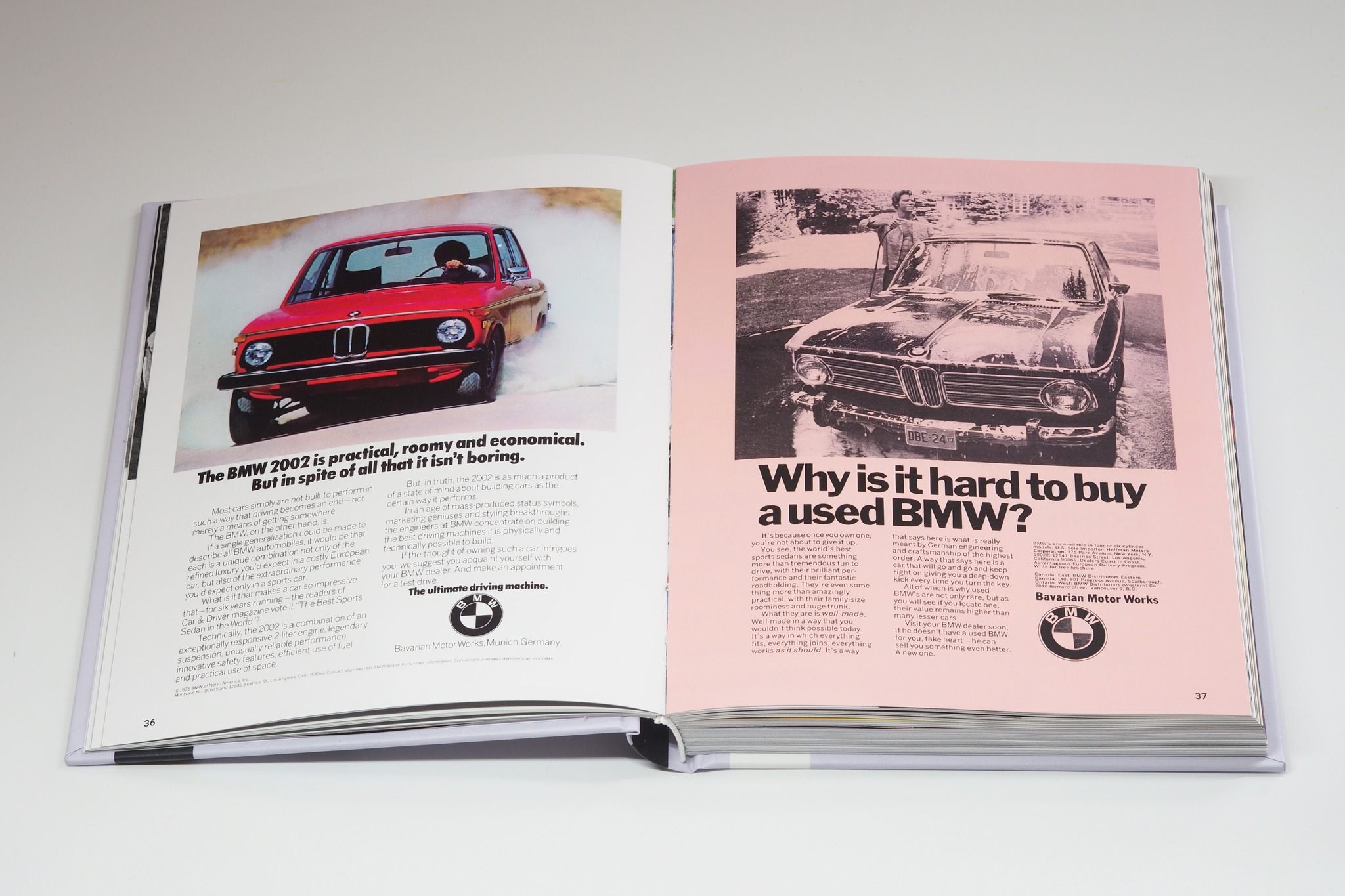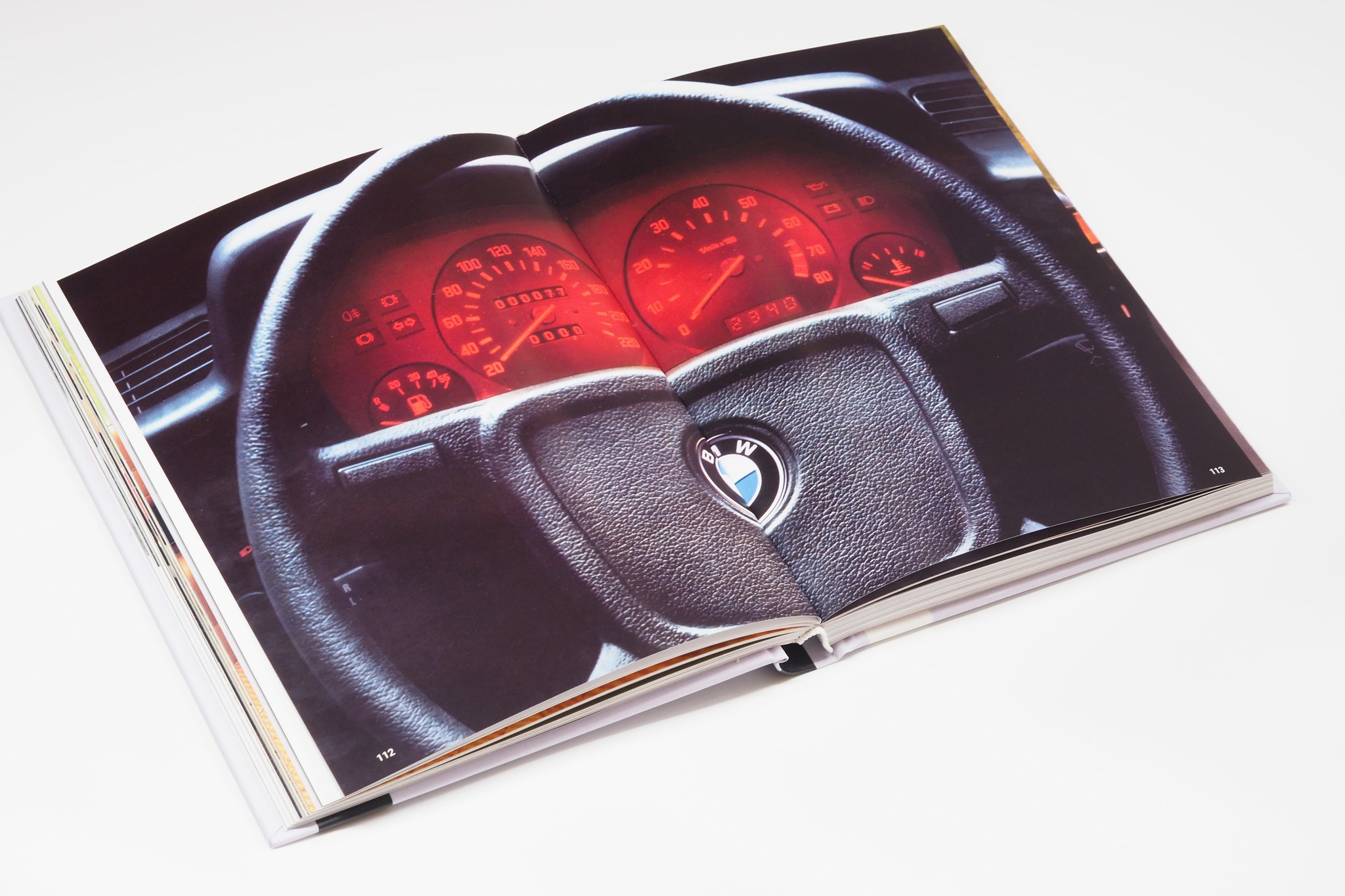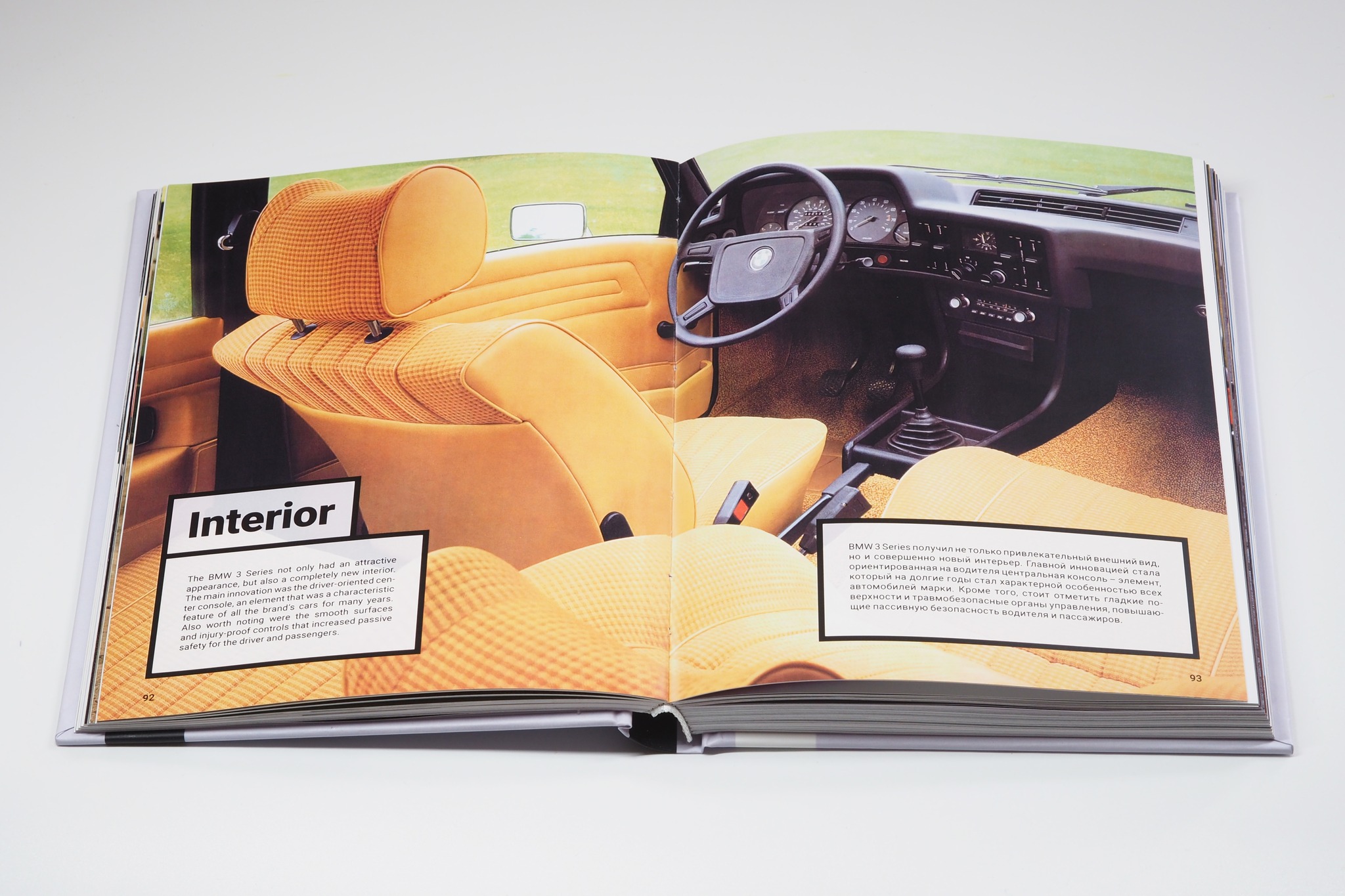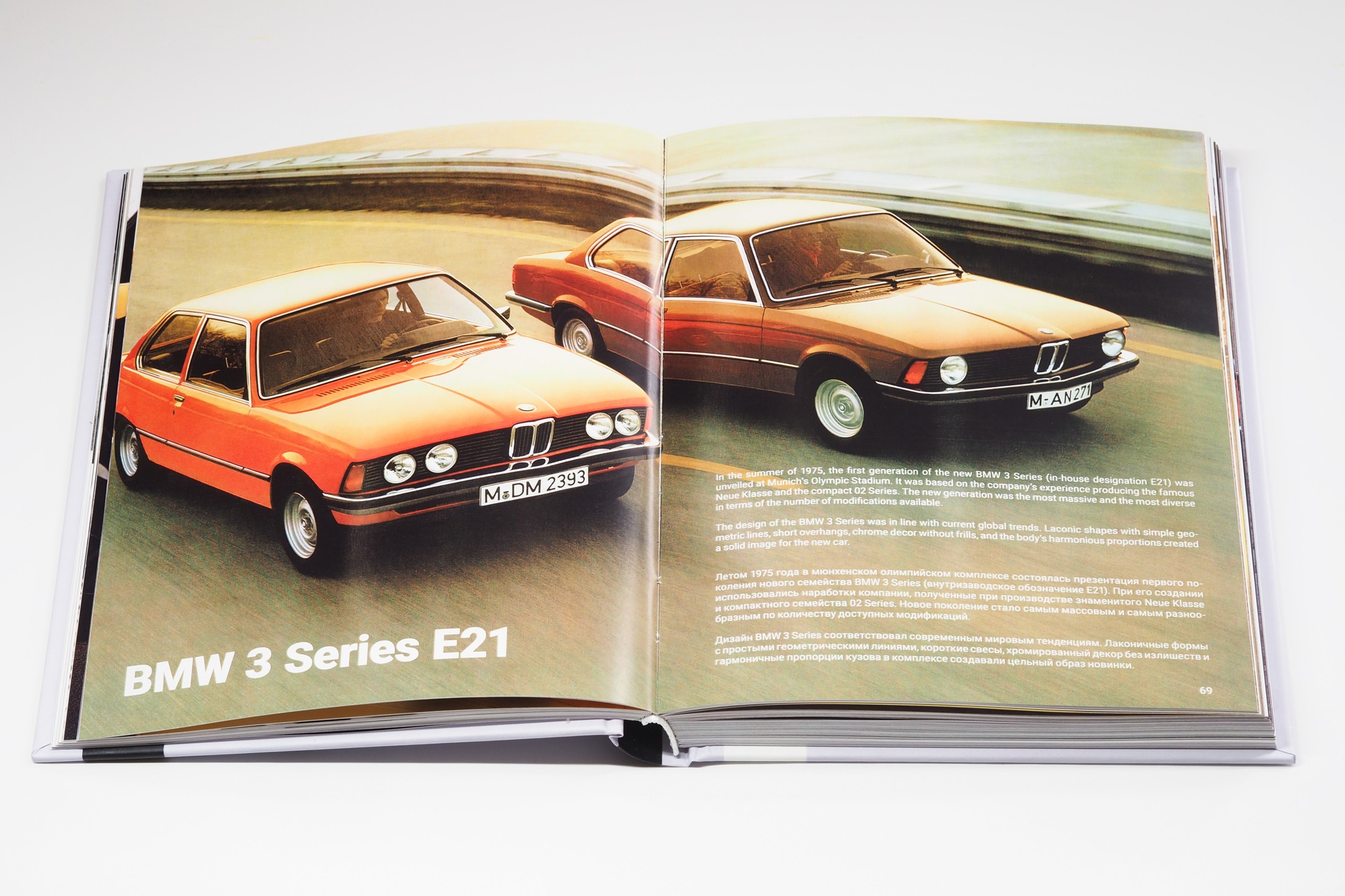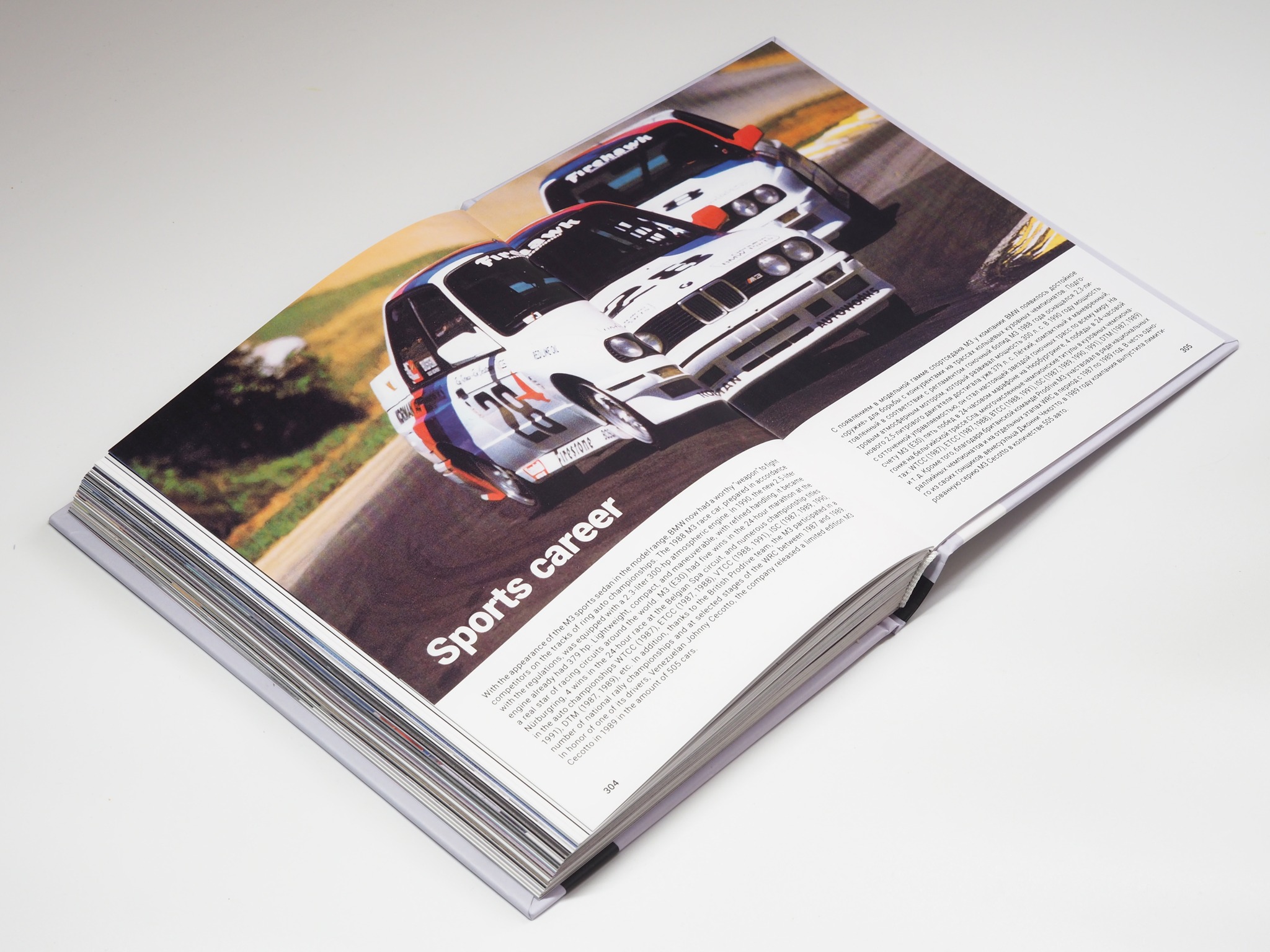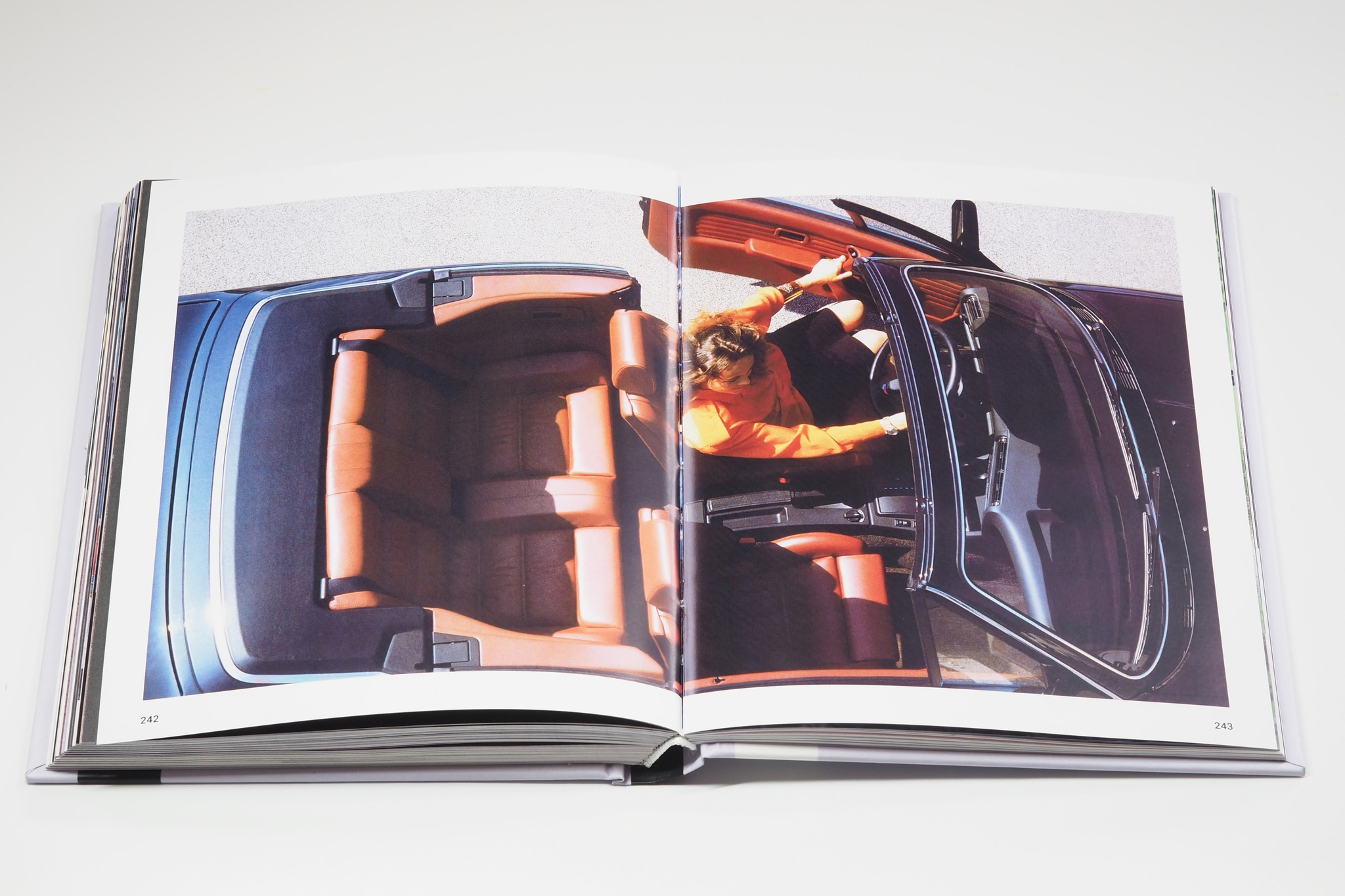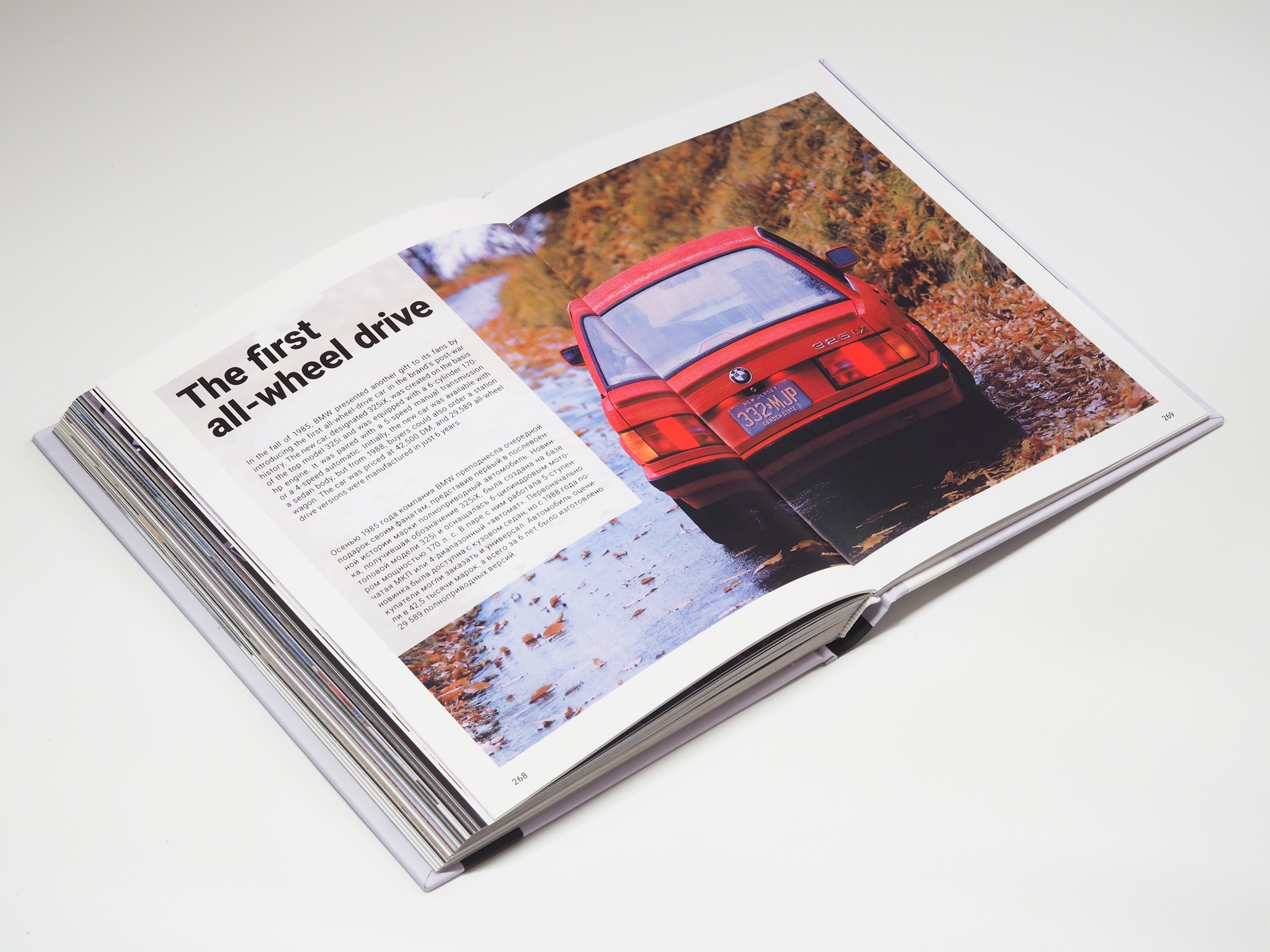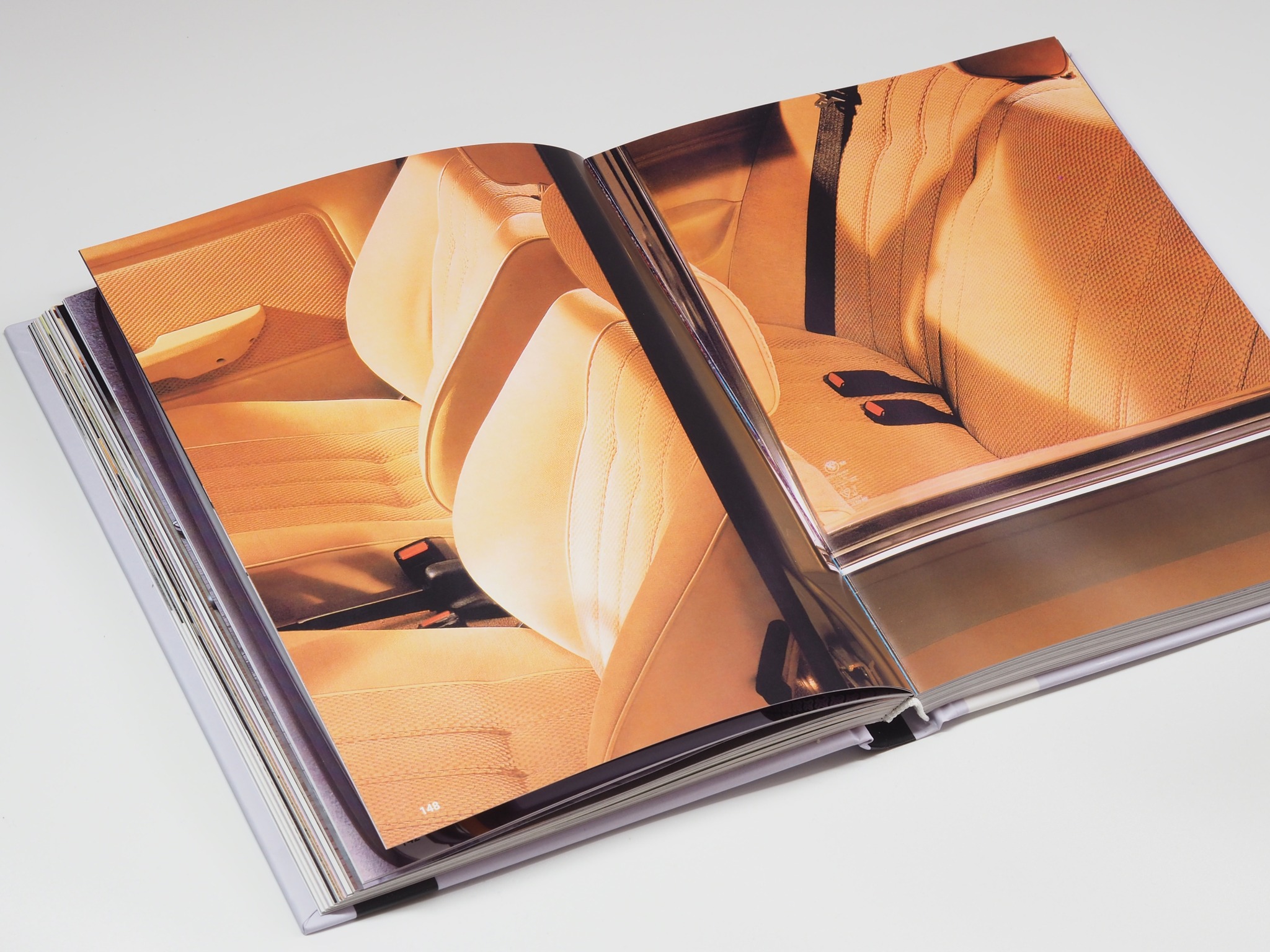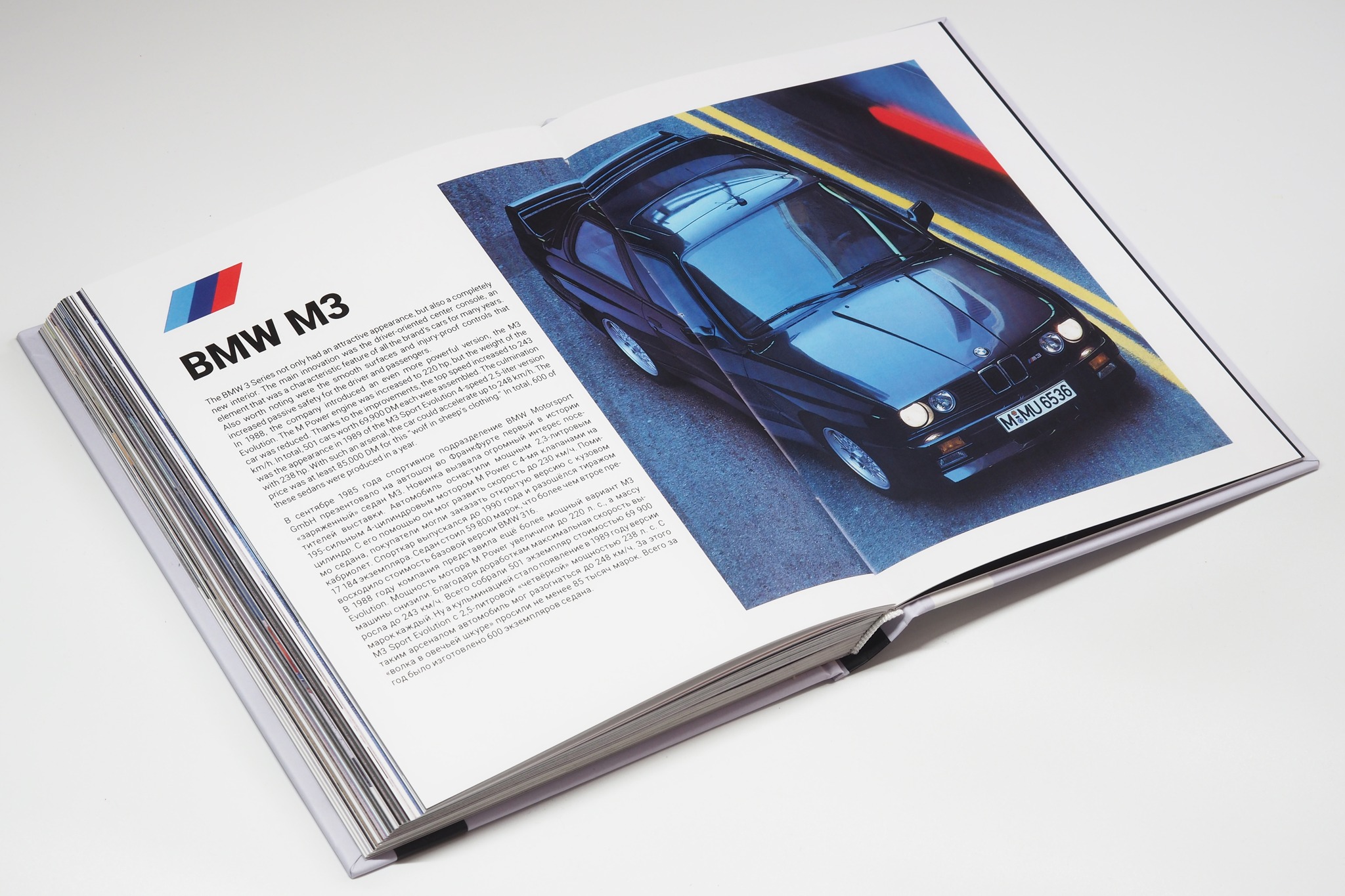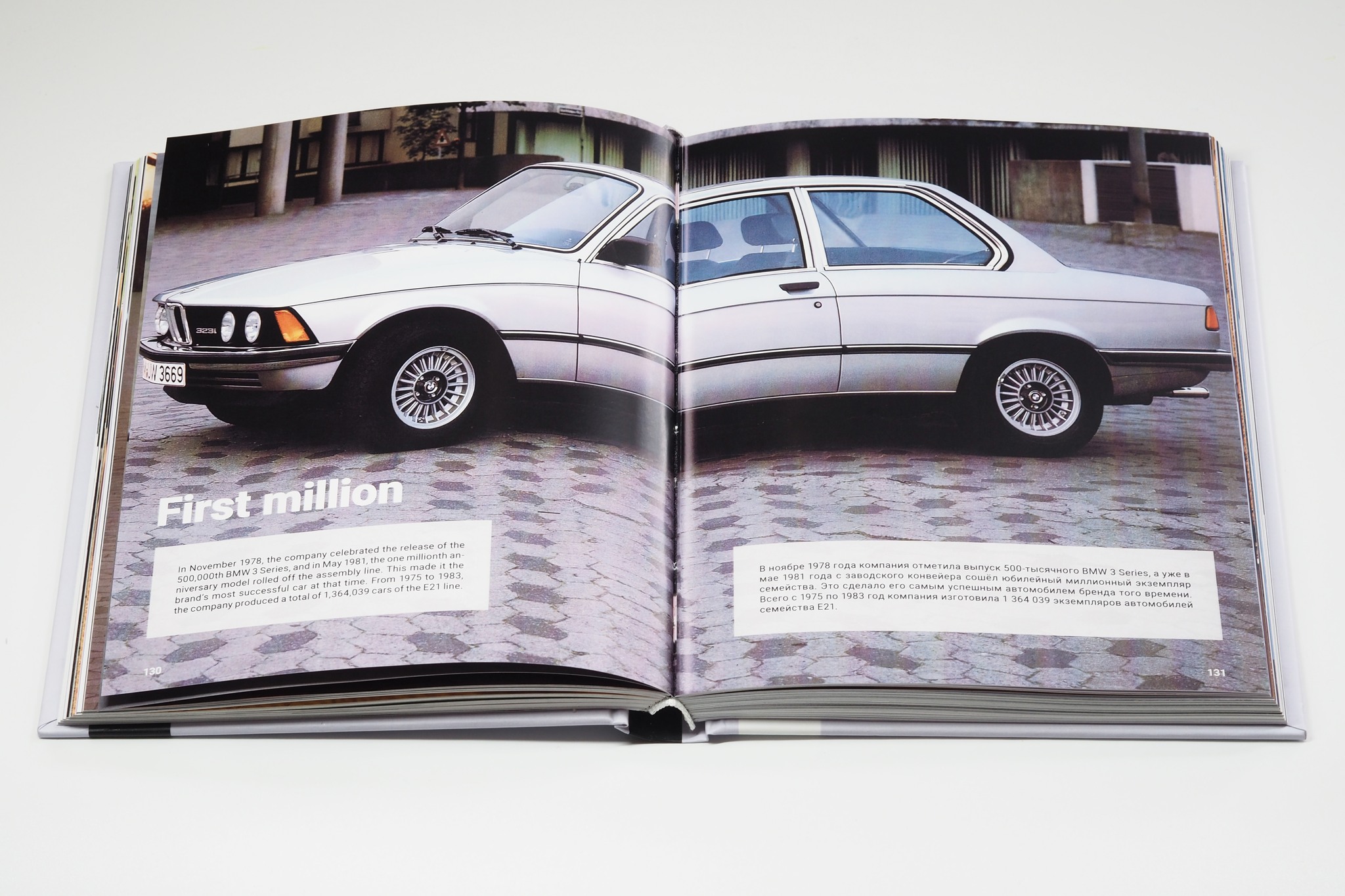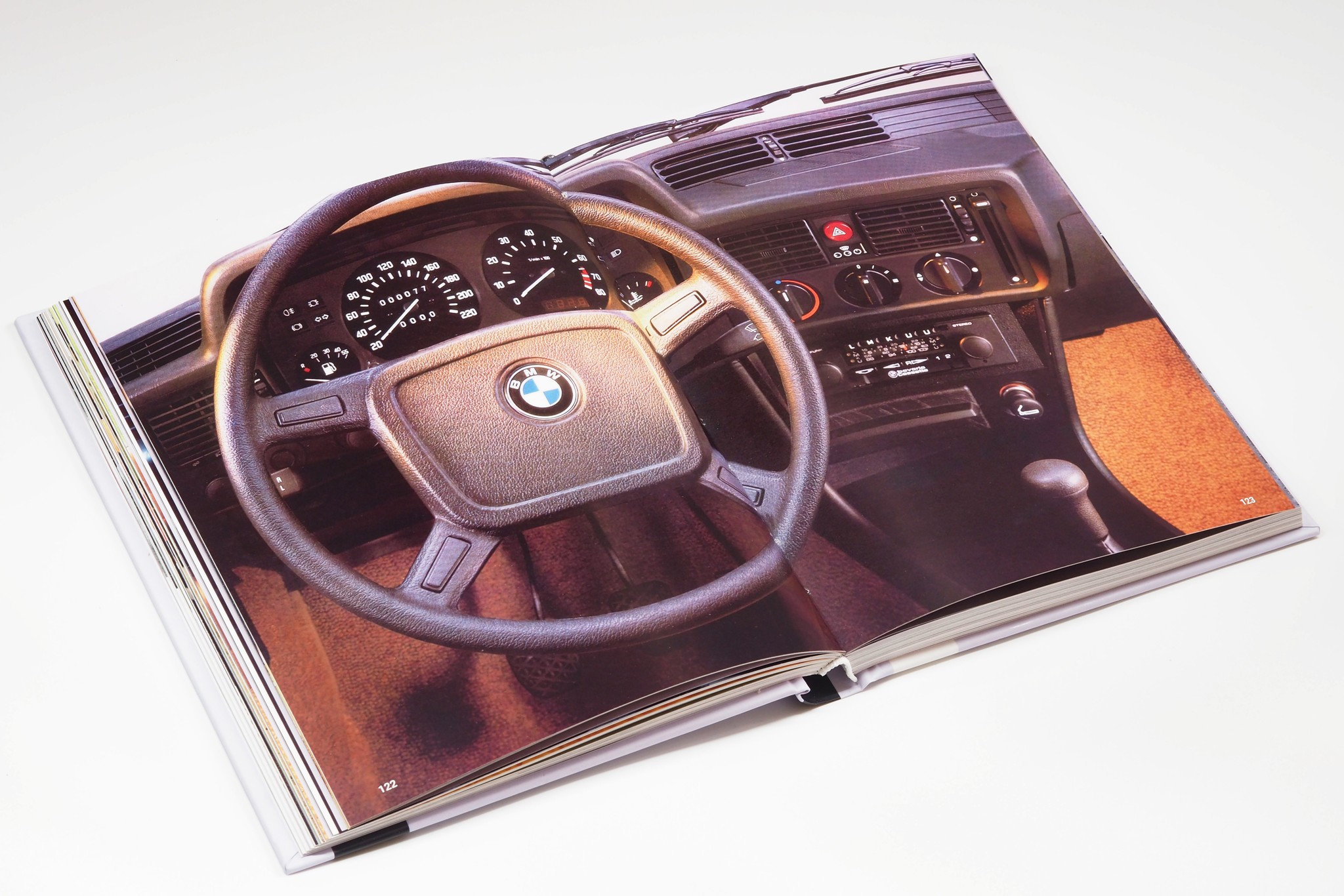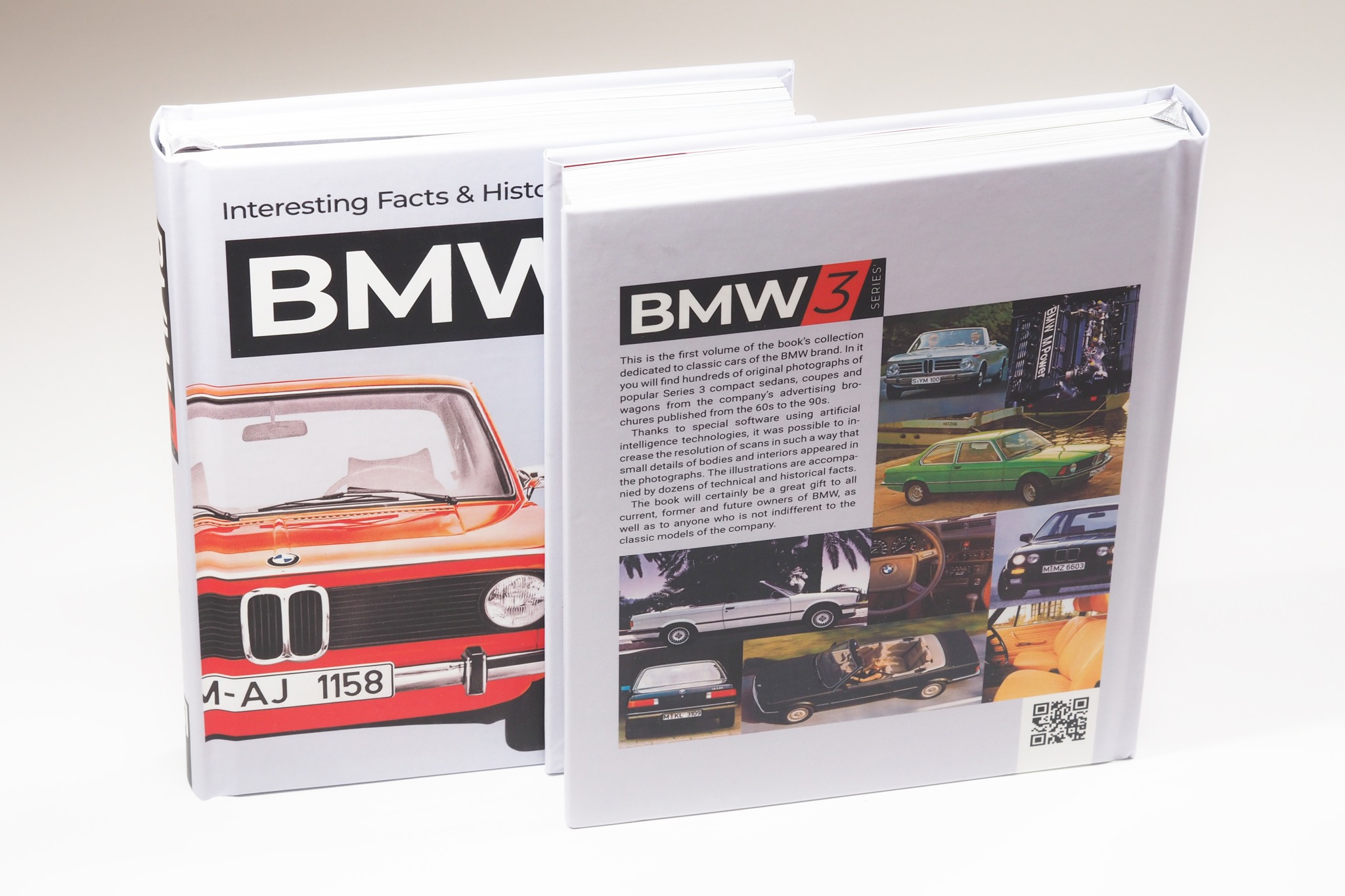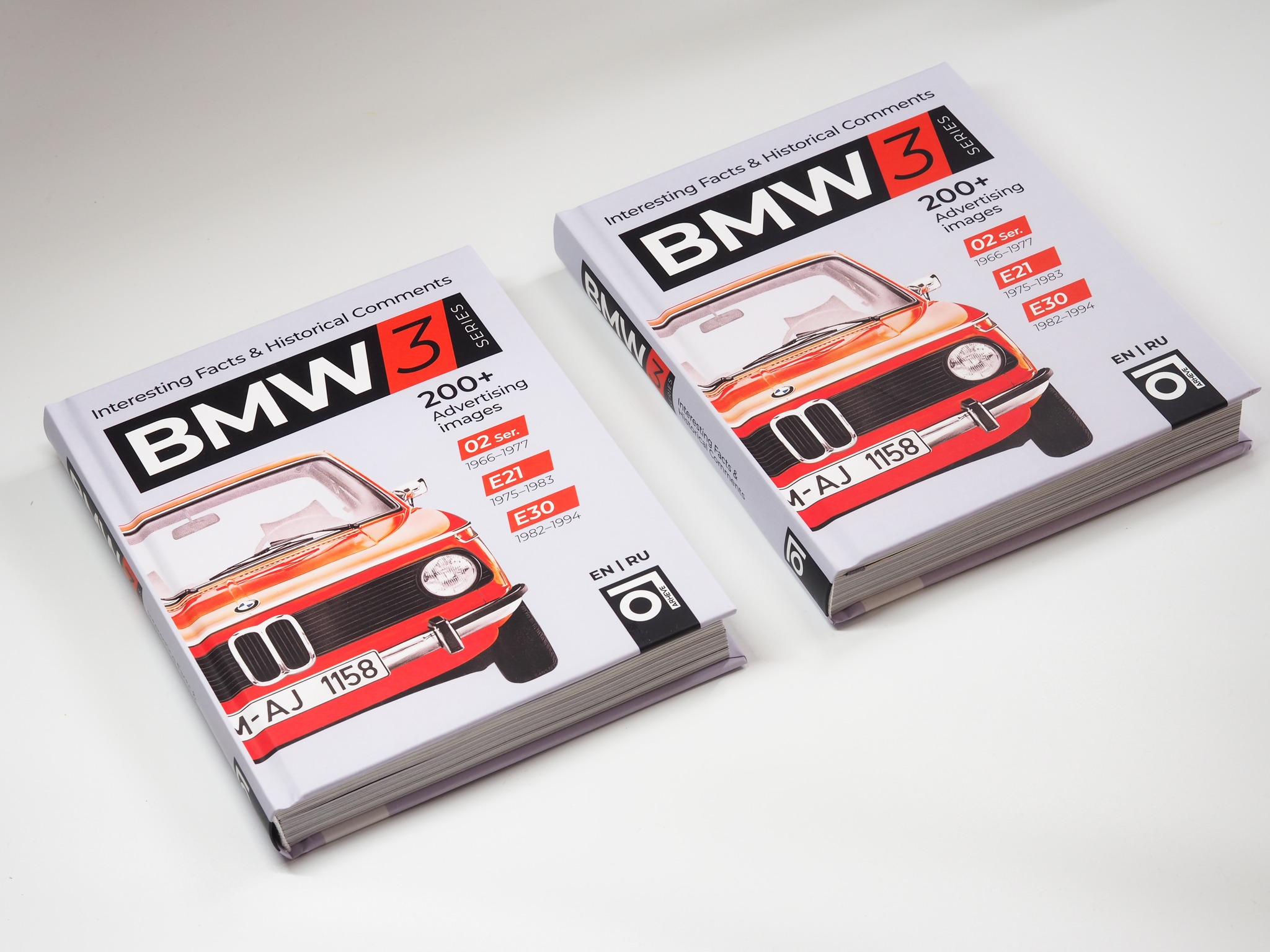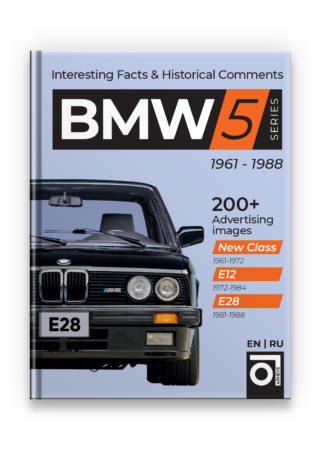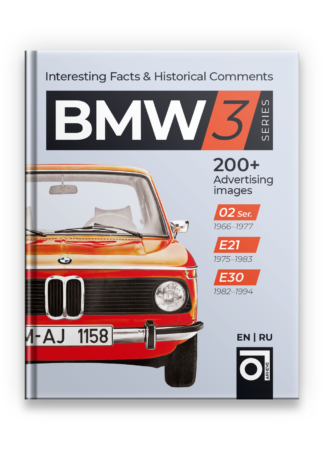Description
BMW 3 Series Hardcover book (fragment of the text)
In the 1960s, the Bavarian company BMW was on the verge of financial collapse. Fortunately, everything turned out well, and the success of the Neue Klasse line, the progenitor of a whole array of modern models, including the BMW 3 Series , played no small part in this.
BMW traces its history back to 1916 and originally specialized in manufacturing aircraft engines. After World War I, when Germany was forbidden to have its own aircraft industry, the company refocused on the production of various engines.
Over time, it also started producing motorcycles, and in 1928, after purchasing the automobile company Dixi, the first cars appeared in its product range. By the end of the 1930s, BMW was already offering buyers a wide variety of midrange cars and sports models.
After World War II, the company found itself in a difficult situation – the plant in Eisenach was in the Soviet occupation zone and the main factory in Munich had been destroyed by Allied aircraft.
It was possible to restore motorcycle production only in 1948, and the first post-war BMW 501 made its debut at the Frankfurt motor show in autumn 1951. Betting on big prestige models had been a mistake, as there was very little demand for them in war-torn Europe.
To correct marketing miscalculations and cope with the crisis, the company’s management decided to switch to producing small cars and microcars. To implement the new plans, a license was purchased in 1955 to produce the Italian Isetta microcar, and production started in 1959 of a compact BMW 700 coupe with an elegant body by Italian designer Giovanni Michelotti.
In the late 1950s, businessman Herbert Quandt gained control of the company, which helped save BMW from being taken over by Daimler-Benz. Under Quandt’s leadership, a completely new line of mid-class cars appeared in the model range, which was called the Neue Klasse (New Class).
Preparing for their assembly required serious investment in the creation of high-tech production facilities. These investments included constructing a new production facility at the Munich factory and hiring some 3,000 skilled workers.
BMW also implemented a multi-stage quality control system. The new car played a significant role in the history of BMW. First, the model’s commercial success helped the company get out of financial crisis. Between 1960 and 1970, BMW car sales tripled and revenue increased more than sevenfold. Secondly, the Neue Klasse became the basis for the subsequent creation of the 3rd and 5th series cars, and the stylish version with a coupe body that debuted in 1965 became the prototype of the brand’s future sports models.
The Neue Klasse project was headed by the company’s lead designer, Fritz Fiedler. The new car debuted at the Frankfurt motor show in 1961, and mass production started in February 1962.
The first representative of the line was the BMW 1500 sedan. Unlike the brand’s executive sedans with a “baroque” design, the new one had laconic and elegant forms created by chief designer Wilhelm Hofmeister. By the way, the characteristic kink in the rear body pillar appeared on this new model, named the “Hofmeister kink” in honor of its creator.
The BMW 1500 was a classic representative of midclass cars. Model dimensions: 4,500/1,710/1,450 mm. The wheelbase was 2,550 mm. With these parameters, it was comparable to the Opel Rekord and Ford Taunus. The sedan weighed 1,060 kg, and the gross weight with passengers and luggage reached 1,450 kg.
Read the continuation of BMW 3 Series story in the book.
Other books about history of BMW:
